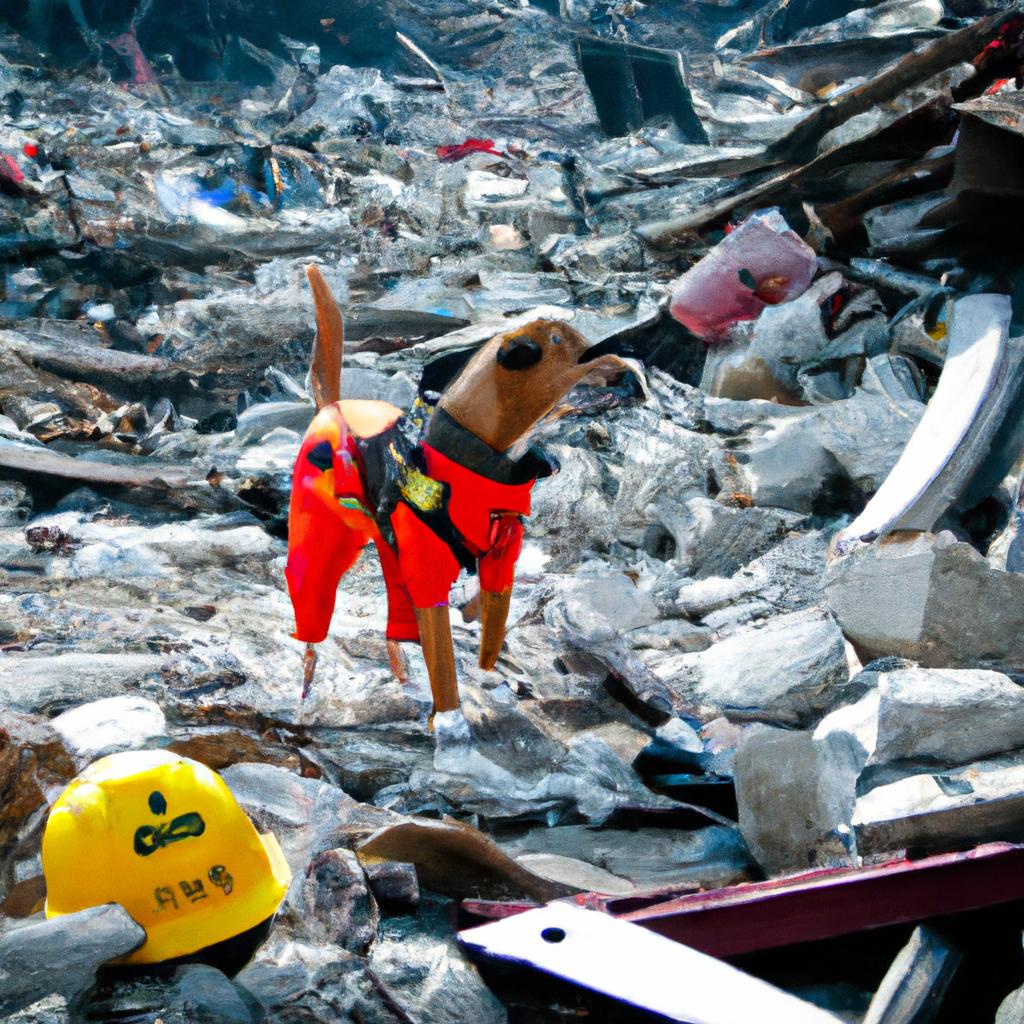Discover how search and rescue dogs work tirelessly to find survivors after a natural disaster. Learn about their unique abilities and training in this informative article.
Natural disasters can strike unexpectedly, leaving behind a trail of destruction and chaos. From devastating earthquakes to catastrophic hurricanes, these events cause widespread damage, displacement, and sadly, loss of life. In the aftermath of such disasters, search and rescue teams are called upon to perform the heroic task of locating and rescuing survivors. Among these teams, search and rescue dogs stand out as silent heroes, working tirelessly to find those who are trapped or injured.
The Indispensable Role of Search and Rescue Dogs
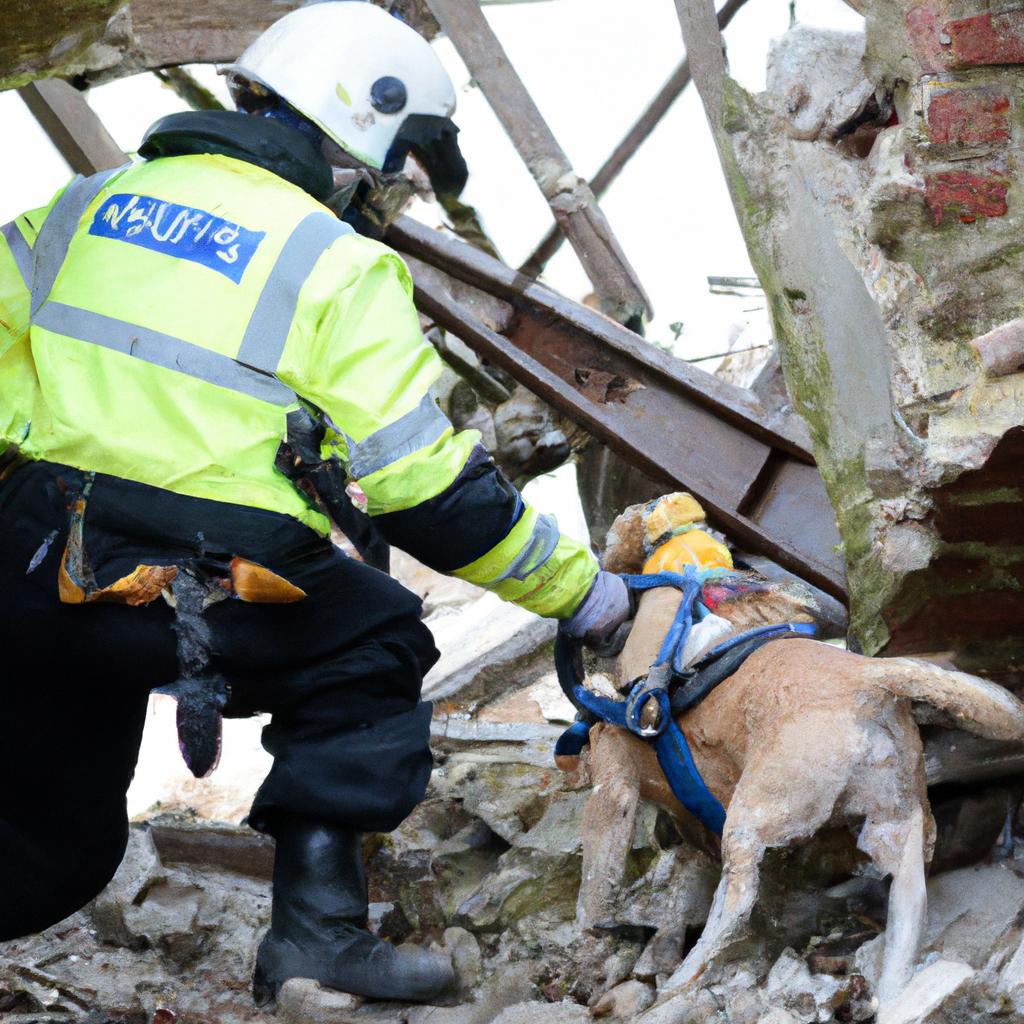
Search and rescue dogs possess unique abilities that make them essential in disaster situations. Unlike humans, these highly trained animals have an exceptional sense of smell, enabling them to detect the scent of humans. They can locate people buried under debris, trapped in collapsed buildings, or in other dangerous situations.
One of the key advantages of search and rescue dogs is their mobility. These incredible animals can maneuver through rubble and obstacles much faster than humans, covering more ground and locating survivors more quickly. They can access areas that may be too hazardous or unstable for humans, such as those with gas leaks or unstable structures.
Apart from their physical abilities, search and rescue dogs are intensely trained to remain calm in high-stress environments, follow commands from their handlers, and work in perfect harmony with their teams. Their unwavering dedication and unique skill set make them an invaluable asset in any disaster situation.
The Path to Success: Training and Preparation of Search and Rescue Dogs
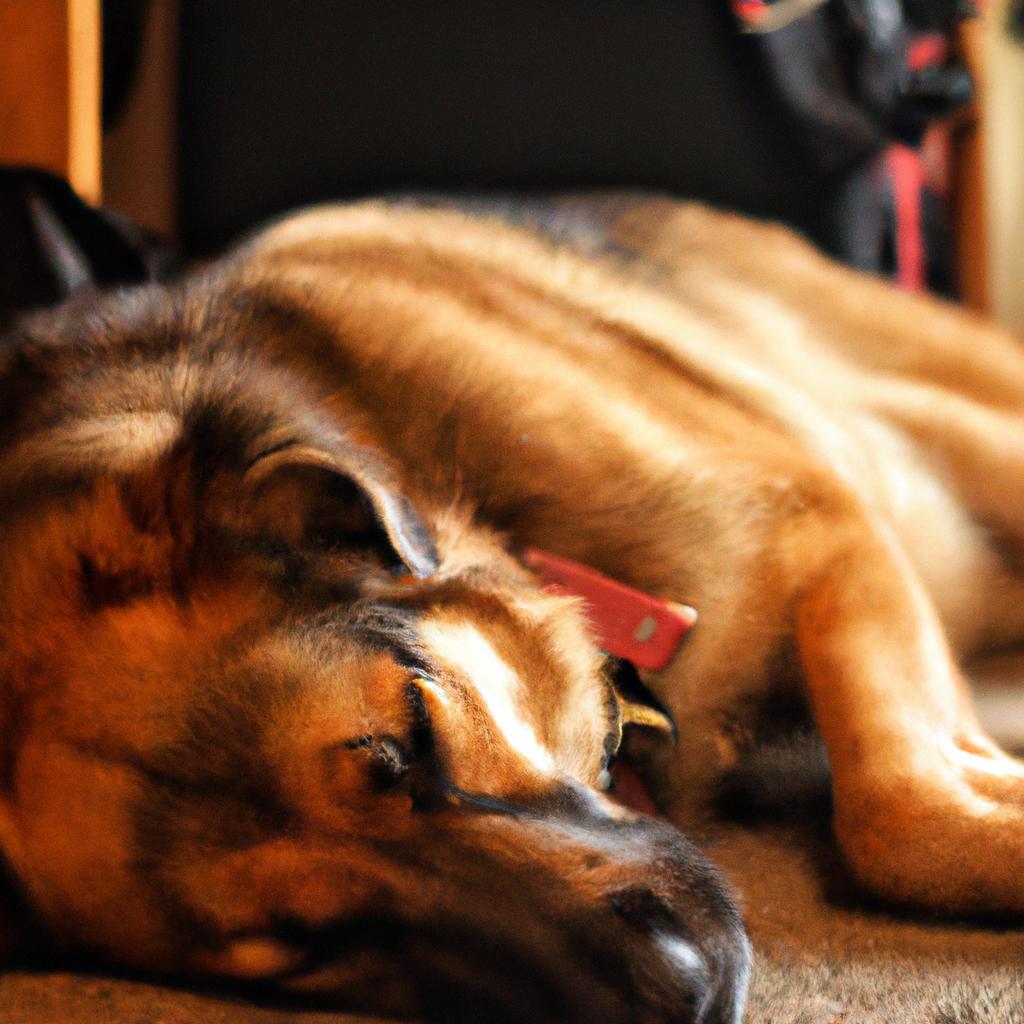
The training and preparation of search and rescue dogs play a pivotal role in their effectiveness during disaster situations. These remarkable animals undergo extensive training to ensure they can handle the challenges of search and rescue operations.
Training begins at a young age, typically around six months old. From learning basic commands to developing their sense of smell, these dogs hone their skills throughout their growth. As they mature, their training becomes more specialized, preparing them to work in different environments, such as confined spaces or bodies of water, and to detect specific scents, such as the scent of a human.
Search and rescue dog handlers also undergo rigorous training to effectively work with these animals. They learn to communicate seamlessly with their furry partners, interpret their body language, and respond appropriately in various situations. Additionally, handlers train to collaborate efficiently with other team members, ensuring search and rescue operations are as efficient and effective as possible.
Apart from training, search and rescue dogs must maintain peak physical condition to handle the demanding nature of their work. Regular health checkups and conditioning routines are essential to ensure they are always prepared to respond to any disaster situation.
The Search and Rescue Dog’s Vital Role in Finding Survivors
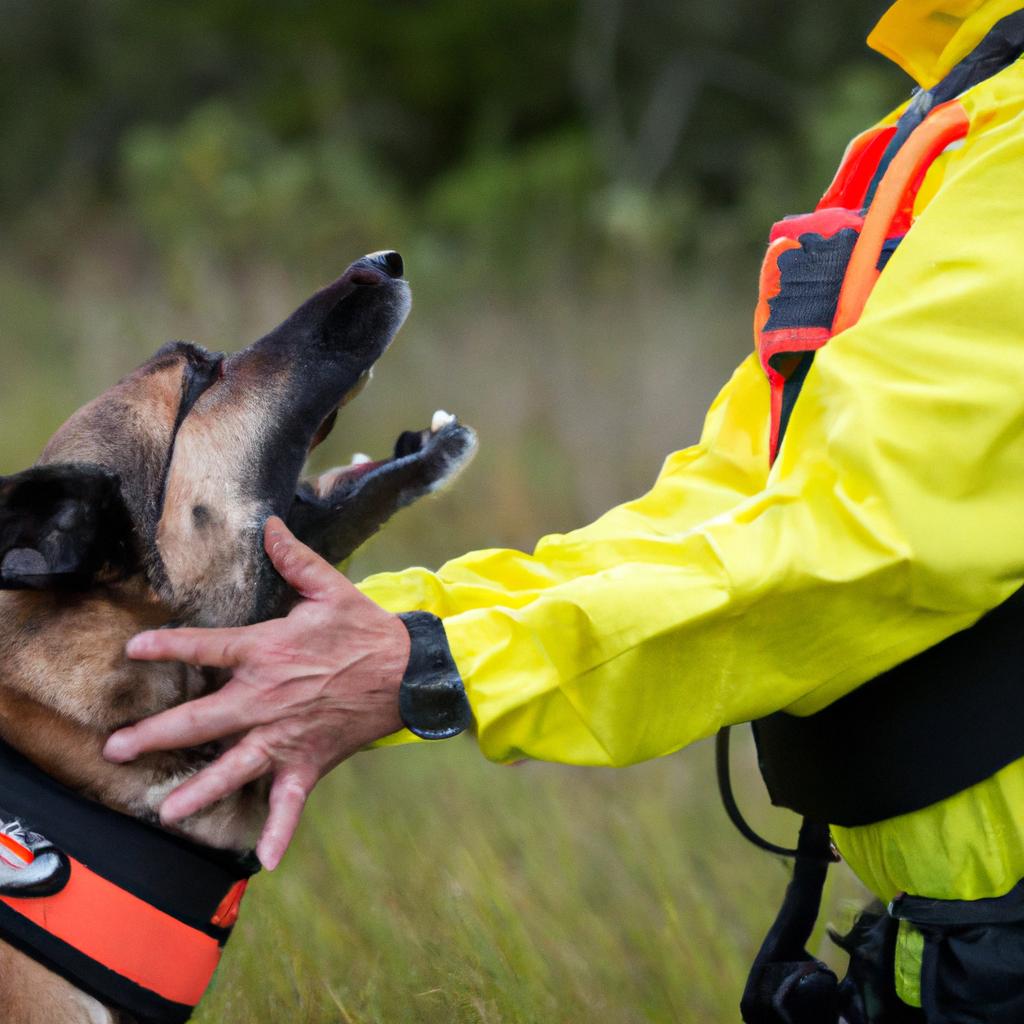
The search and rescue dog’s role in finding survivors is paramount to the success of disaster relief efforts. These exceptional animals perform a range of tasks, utilizing their unique abilities and extensive training to navigate through debris and other obstacles.
One of their primary tasks is locating the scent of humans. With their extraordinary sense of smell, they can detect the scent of trapped or injured individuals, even in areas inaccessible to humans. Once a scent is detected, search and rescue dogs will typically bark or scratch at the area to alert their handlers.
These dogs also excel in tasks such as tracking and trailing. They can follow scent trails over long distances, even if the scent has faded or been disrupted. Their extraordinary abilities allow them to track scents through water, snow, and other challenging terrain.
Furthermore, search and rescue dogs provide emotional support to survivors they rescue. Their presence can help calm and comfort individuals, reducing stress and anxiety in the aftermath of a disaster.
Examples of Remarkable Search and Rescue Dog Operations
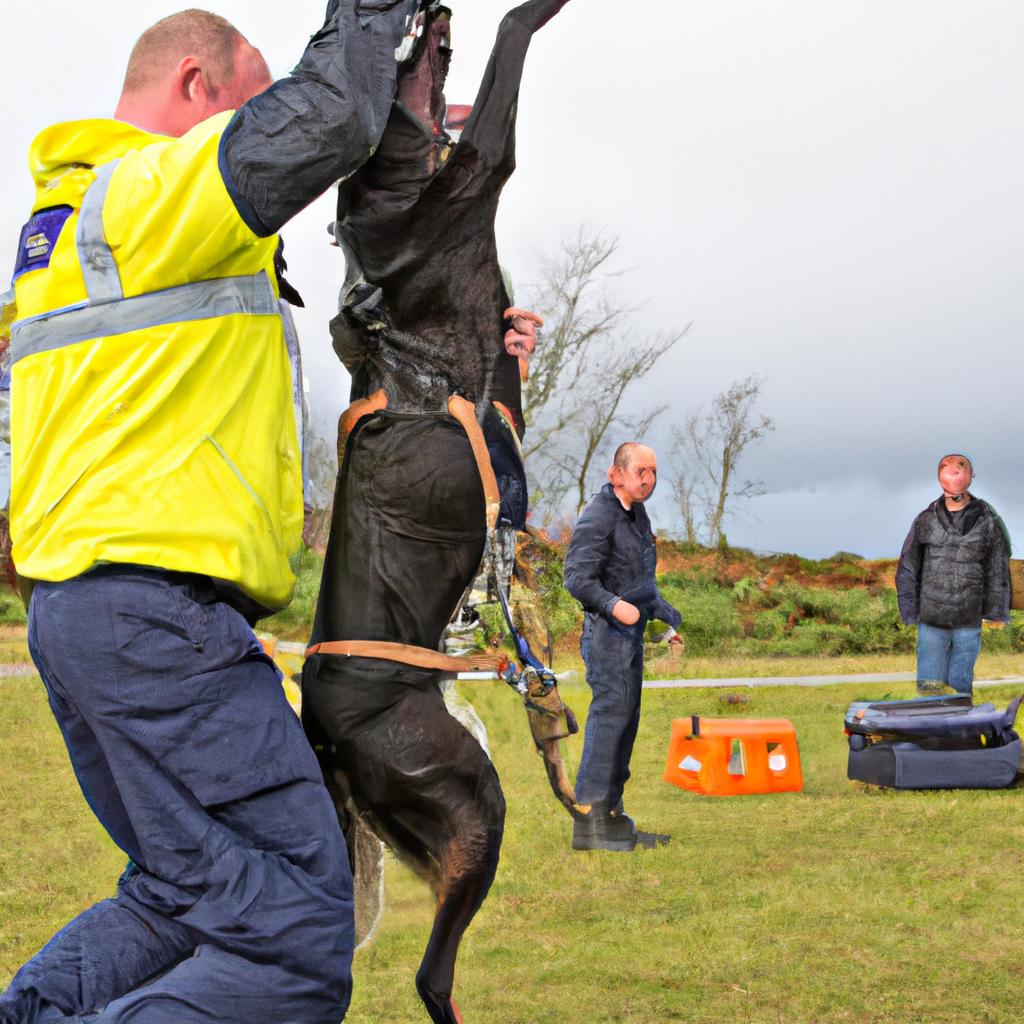
Countless instances demonstrate the critical role search and rescue dogs play in disaster relief efforts. One such example occurred after the 2010 earthquake in Haiti. In the days and weeks following the devastating event, search and rescue dogs were instrumental in locating survivors buried beneath the rubble of collapsed buildings. Their efforts resulted in saving numerous lives, including that of a two-year-old girl who was trapped for three days.
Another notable demonstration of the impact search and rescue dogs can have is their involvement in the aftermath of the 9/11 terrorist attacks. These extraordinary animals played a vital role in locating survivors in the debris of the collapsed World Trade Center buildings. Their dedication and expertise were instrumental in rescuing survivors and recovering the remains of those who tragically lost their lives.
These are just a couple of examples among countless instances where search and rescue dogs have made a substantial impact in disaster relief efforts. The tireless efforts of these animals and their handlers are nothing short of heroic. Their contributions to disaster relief efforts have saved countless lives and brought hope to communities in times of extreme adversity.
Conclusion
In conclusion, search and rescue dogs are indispensable heroes in disaster relief efforts. Equipped with their exceptional abilities and rigorous training, these remarkable animals and their handlers work relentlessly to locate and rescue survivors in the aftermath of natural disasters. Without their unwavering dedication, disaster relief efforts would be significantly slower and less effective, putting more lives at risk.
At TooLacks, we deeply appreciate and recognize the critical role search and rescue dogs play in disaster relief efforts. These extraordinary animals and their handlers are true heroes, showcasing the power of teamwork, dedication, and perseverance in the face of adversity. If you’d like to learn more about us, please visit TooLacks. Together, let us honor and support these silent heroes who make a significant difference in our communities.
